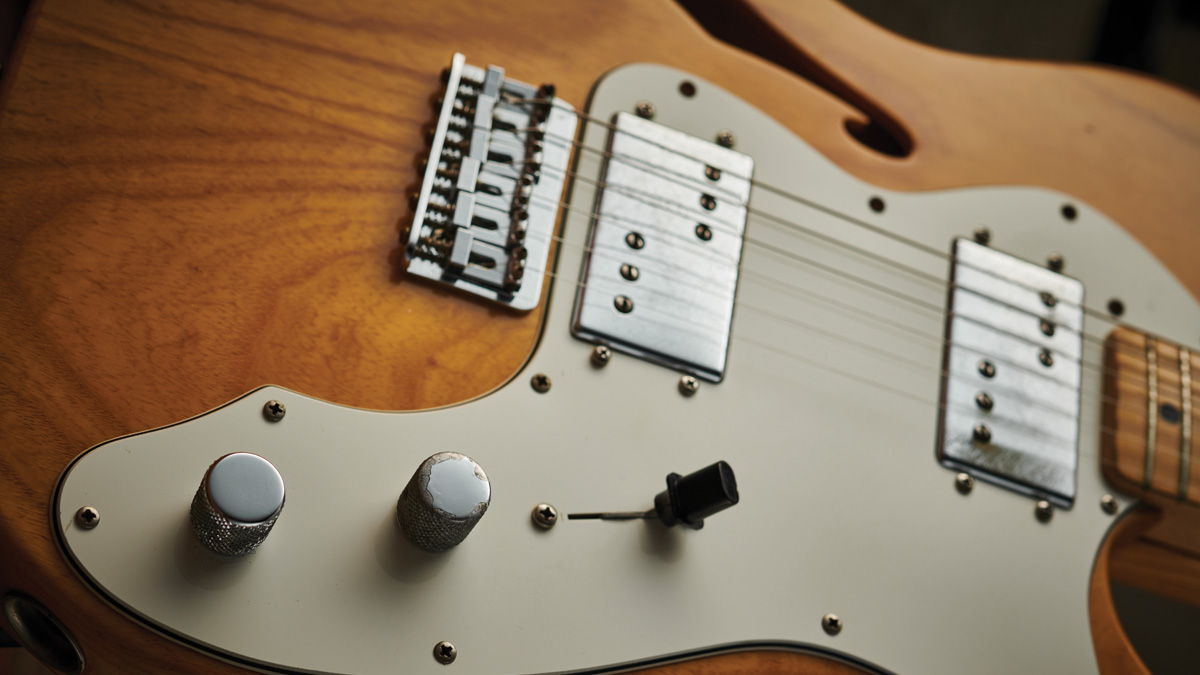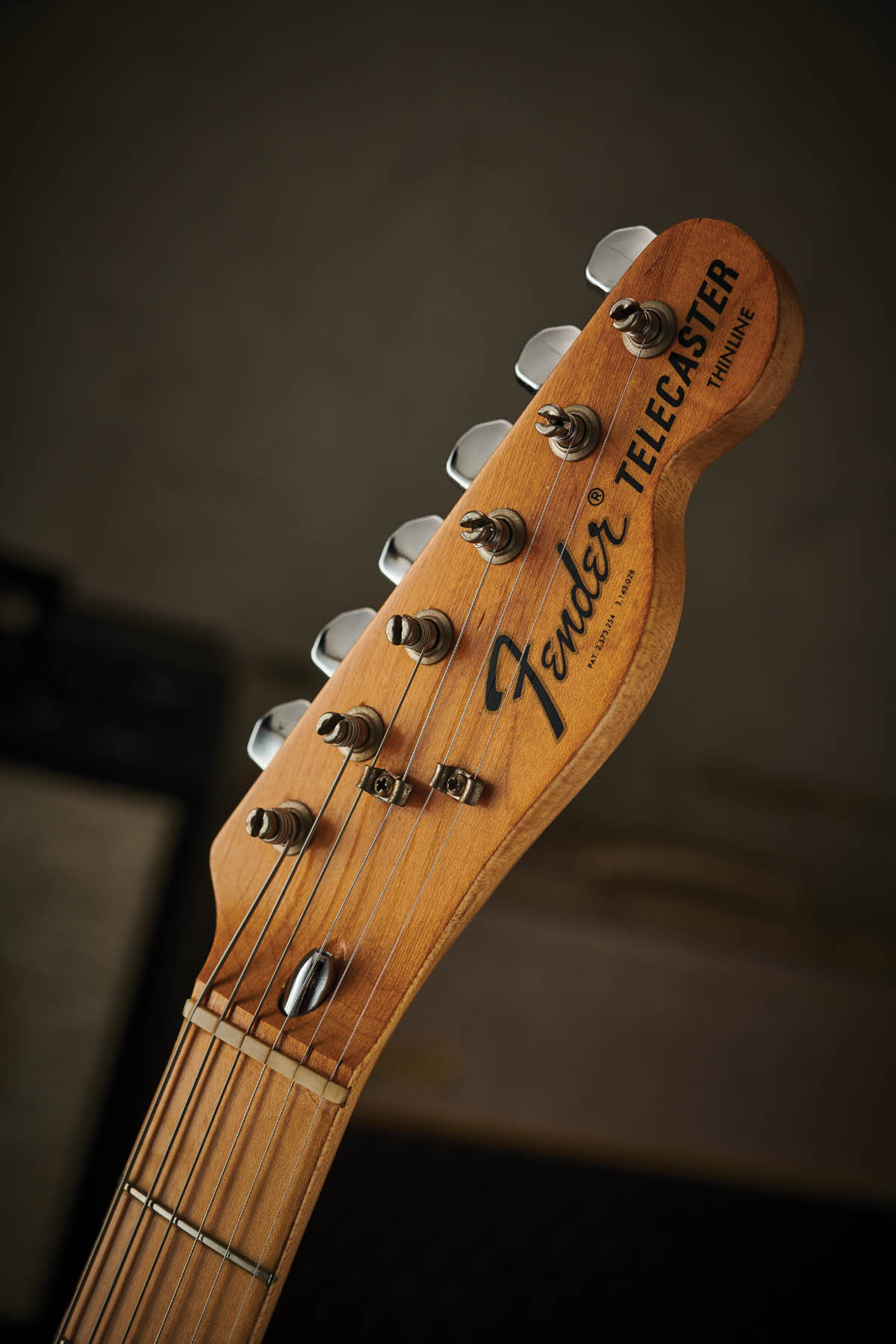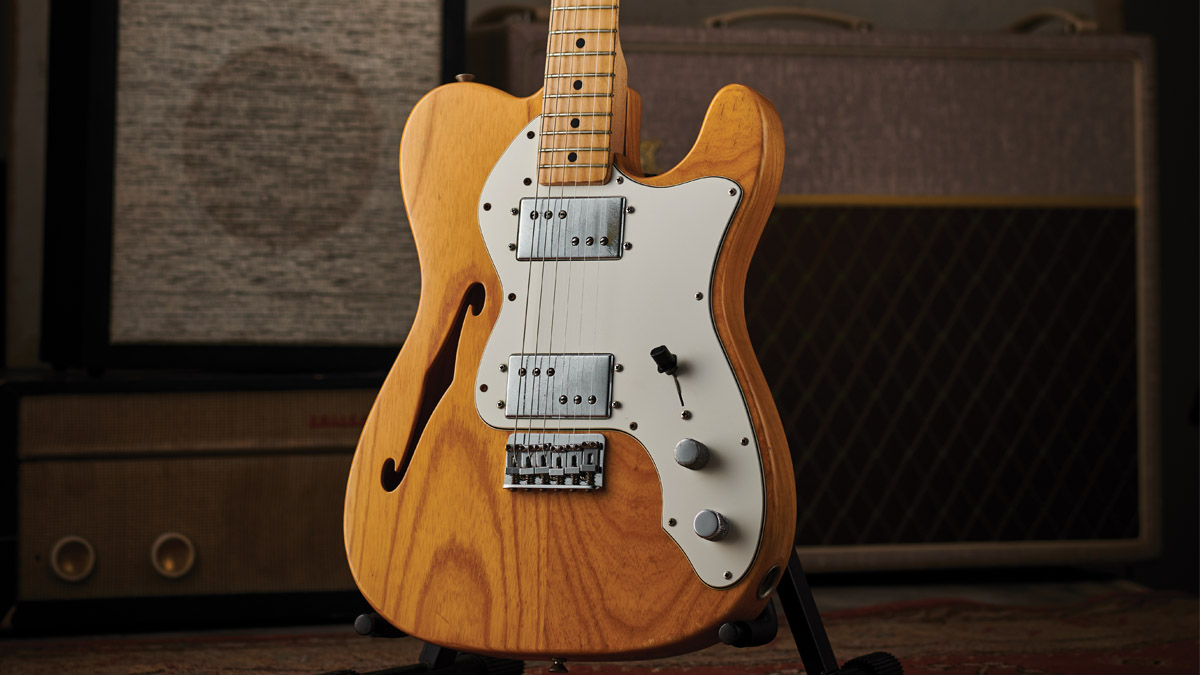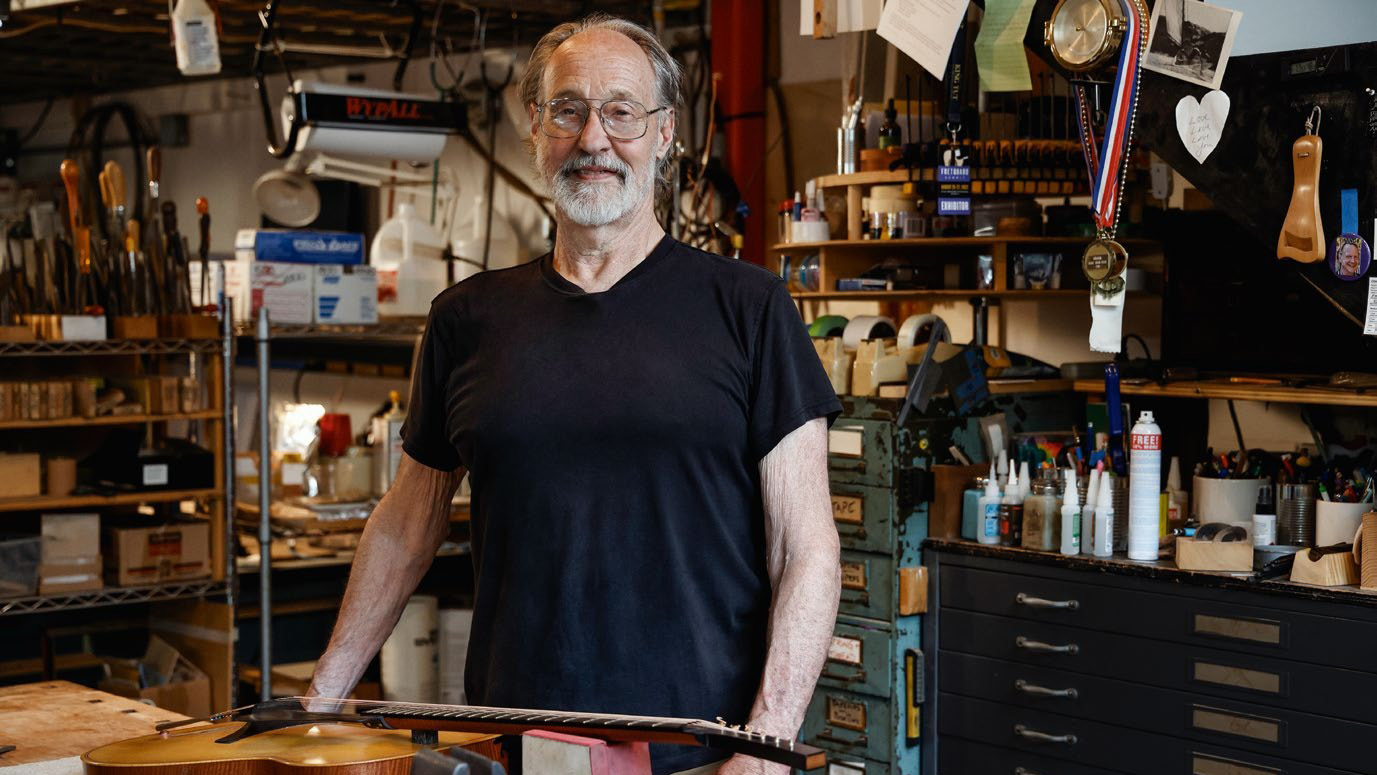Classic gear: Fender Telecaster Thinline
The story of how the first mass-produced solidbody electric guitar went semi-hollow…

Fender released the Broadcaster/Telecaster and Esquire electric guitars in 1950, followed by their upscaled variants the Telecaster Custom and Esquire Custom in 1959.
So, from the late-'60s onwards, the company attempted to compete against its industry rivals while appealing to the rapidly changing musical and aesthetic styles of the time by releasing further Telecaster designs.
Gibson/Epiphone, Gretsch, Guild and Rickenbacker had all achieved success with their semi-/hollow-bodied thinline electrics, and the new CBS regime at Fender was keen to explore similar options. Thus, having approached ex-Rickenbacker guitar designer and builder Roger Rossmeisl about the idea as early as 1965, the company unveiled its new Coronado semi-acoustic range in January 1966.
It was a strong indicator of the Telecaster’s next destination.

With its basic slab/non-contoured body design, the humble Telecaster was the ideal candidate for experimentation and by 1967 Fender had turned its attention to creating a weight-relieved version of its faithful electric.
That year, a hollow-bodied Telecaster sporting a spruce top and top/back binding was prototyped (albeit with no f-holes), while some regular production Telecasters left the factory featuring experimental weight relief routing hidden underneath the pickguard (these rare instruments are often referred to as ‘Smuggler’s Teles’).
The classic form of the single f-hole Telecaster Thinline eventually took shape early the following year when Rossmeisl, along with his assistant, Virgilio Simoni, developed a method whereby the body, once cut to shape, is routed via the rear and the back later glued on.
All the latest guitar news, interviews, lessons, reviews, deals and more, direct to your inbox!
A 3-Tone Sunburst finish was added to the existing standard choices in ’68, and in ’69 rosewood fretboards became optional
The Telecaster Thinline was soon unveiled in the summer of ’68 listed at $319.50 (with an optional $57.50 case) and, although it features the same neck, pickups/ electronics and hardware as a regular ’68 Telecaster, it is much lighter than the standard model and has a springy and resonant feel.
The major difference lies in the Thinline’s body design, which initially came in a choice of two natural finishes - mahogany and ash - in order to appeal to popular sensibilities while alluding to the instrument’s ‘natural’ sonic properties.
A 1968 Fender advertisement for the new model reads: “Groovy naturals… Fender’s famous Telecaster guitar is now available in a semi-acoustic model with a choice of two natural wood finishes, mahogany or ash. The lightweight hollow-body guitar incorporates Fender’s distinctive ‘F’ hole design and new styled pickguard.
The polyester-finished maple neck comes equipped with special lightweight strings for ultra-fast playing action… Two adjustable pickups; three-position tone switch; tone and volume control; truss rod reinforced neck; adjustable bridge; straight string pull; white pickguard; heavily chromed metal parts.”
The evolution of the Fender Telecaster Thinline

- Early 1967 - Hollowbody Telecaster (spruce top/no f-hole) prototyped.
- Early 1968 - Hollowbody Telecaster (spruce top/no f-hole) prototyped.
- July 1968 - Telecaster Thinline released; natural mahogany or ash finish standard; maple cap fingerboard.
- October 1968 - 3-Tone Sunburst finish additionally available as standard.
- 1969 - Fretted maple necks (skunk stripe and headstock plug); rosewood fingerboards optional.
- 1971 - Humbuckers replace standard Telecaster pickups; 3-bolt/tilt neck; fretted maple neck only.
- 1973 - Natural mahogany finish option omitted from Fender price list.
- 1976 - Serial number relocates from neck plate to headstock.
- 1979 - Discontinued.
A 3-Tone Sunburst finish was added to the existing standard choices in ’68, and in ’69 rosewood fretboards became optional, while 50s-style ‘skunk stripe’ fretted maple necks replaced the earlier two-piece/maple cap design.
In 1971, following the arrival of Gibson PAF humbucker designer, Seth Lover, at Fender, the Thinline Telecaster was revamped with a pair of Seth’s new Cunife ‘Wide Range’ humbuckers in a similar vein to the top-of-the-range Deluxe Telecaster (appearing from 1972 to 1981). The Thinline Telecaster remained in production throughout the remainder of the 70s until its discontinuation at the end of the decade.
Guitarist would like to thank Vintage ‘n’ Rare Guitars of Bath, UK.
Rod Brakes is a music journalist with an expertise in guitars. Having spent many years at the coalface as a guitar dealer and tech, Rod's more recent work as a writer covering artists, industry pros and gear includes contributions for leading publications and websites such as Guitarist, Total Guitar, Guitar World, Guitar Player and MusicRadar in addition to specialist music books, blogs and social media. He is also a lifelong musician.

